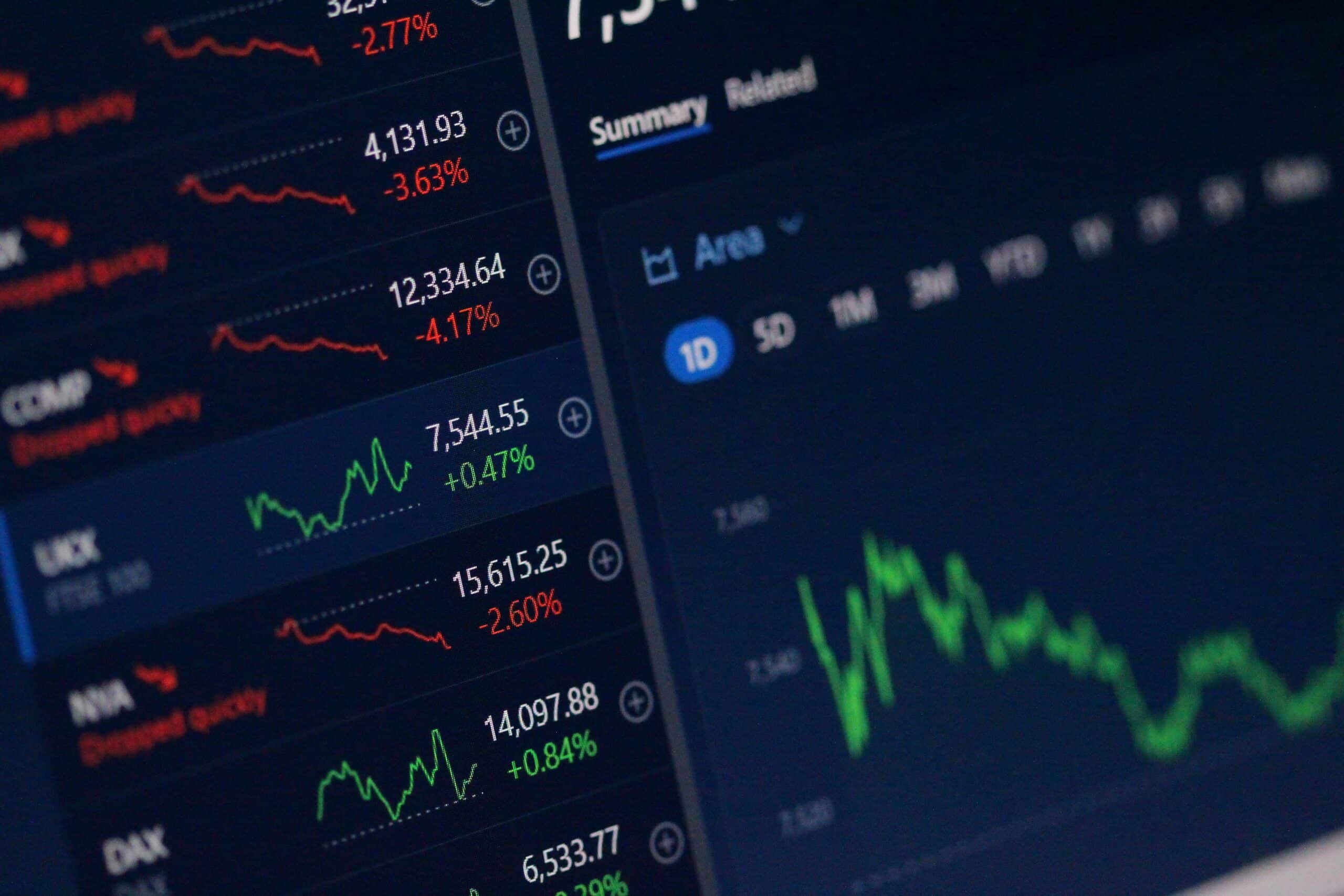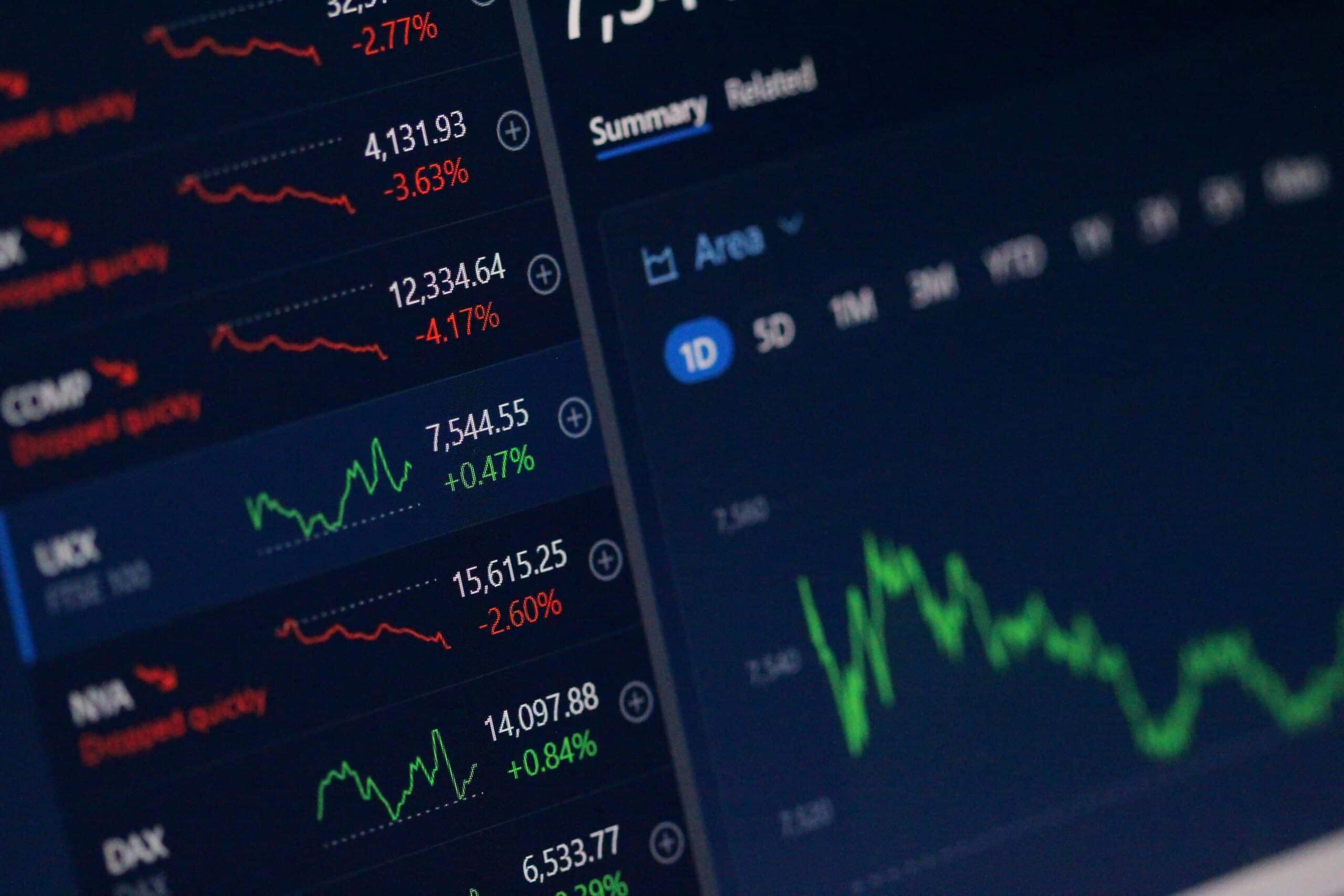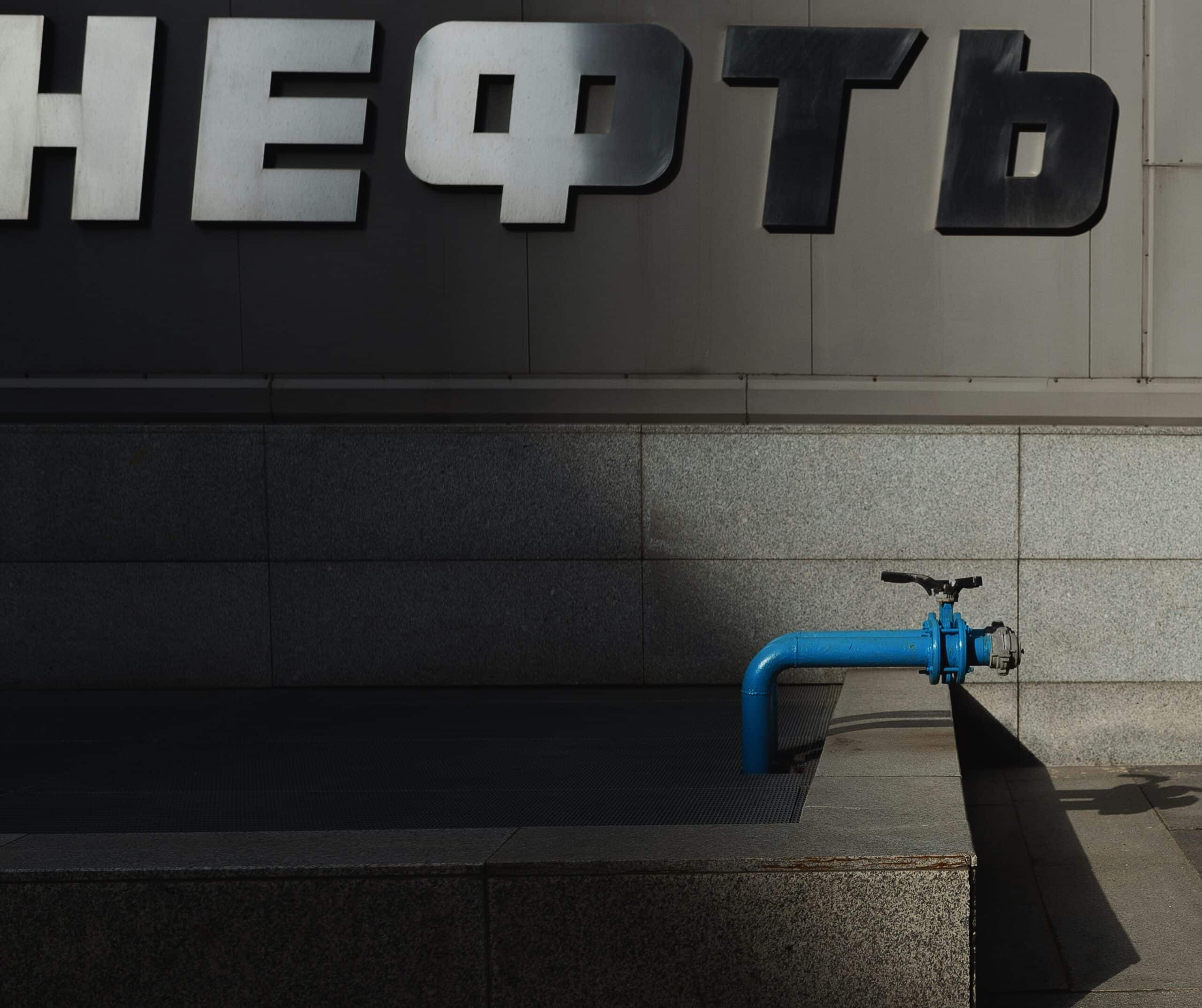
Overview of RTX and Its Market Position
Raytheon Technologies Corporation, commonly known as RTX, stands as a prominent player in the aerospace and defense sectors. Formed through the merger of Raytheon Company and the United Technologies Corporation in April 2020, RTX has created a diversified platform that encompasses three core areas: aerospace systems, defense and homeland security, and intelligence and space operations. This strategic alignment enables RTX to serve both commercial and governmental clients effectively, reinforcing its significant position within the market.
In the aerospace sector, RTX is renowned for its advanced technologies, particularly in propulsion and avionics. The company manufactures innovative jet engines through its Pratt & Whitney division, which are essential for both commercial and military aircraft. Additionally, its Collins Aerospace division specializes in providing a wide array of aircraft systems, including flight control, communication systems, and cabin experience technologies. In terms of market share, RTX consistently ranks among the top defense contractors globally, competing with other industry titans.
RTX’s market position significantly influences its stock price, as it operates in an arena characterized by high barriers to entry and continuous innovation. Investors tend to perceive companies with robust market positions favorably, especially those that demonstrate resilience in the face of economic fluctuations. Recently, RTX has engaged in several strategic developments, including partnerships and acquisitions aimed at enhancing its technological capabilities. Such initiatives not only bolster its product offerings but also increase investor confidence, thereby impacting the stock’s market performance positively.
Furthermore, the ongoing geopolitical tensions and the increasing emphasis on defense spending globally augment RTX’s relevance. By aligning its operations with government contracts and response initiatives to emerging security challenges, the company is well-positioned to capture new contracts, which may lead to further enhancement of its stock valuation. Hence, understanding RTX’s business model, market position, and strategic growth is essential for investors aiming to gauge its future stock performance.
Recent Performance Analysis of RTX Stock
Recent performance analysis of RTX stock reveals noteworthy trends that provide insight into its market behavior over the last few quarters. In evaluating the stock’s price trajectory, investors observed fluctuations that were largely influenced by broader economic conditions and sector-specific developments. Throughout 2023, RTX stock demonstrated both resilience and volatility, reflecting the company’s adaptability amid shifting market dynamics.
In terms of historical price trends, RTX began the year on a strong footing, driven by positive earnings reports and a growing demand for its aerospace and defense solutions. The company’s earnings per share (EPS) consistently surpassed analyst expectations, contributing to a favorable perception among investors. As the quarters progressed, however, external factors, including supply chain disruptions and inflationary pressures, caused intermittent price drops, leading to increased volatility.
A critical factor in understanding RTX stock’s performance is its price-to-earnings (P/E) ratio. As of late 2023, the P/E ratio reflects a moderate valuation compared to industry peers, suggesting that while the stock is not undervalued, it remains a stable choice for long-term investors. The dividend yield offered by RTX has also been a point of attraction for dividend-seeking investors, presenting an incentive that supports stock price stability during market downturns.
In summary, the recent performance of RTX stock illustrates a blend of strength and challenges. The fluctuations in stock price, influenced by both internal performance metrics such as EPS and external market conditions, emphasize the importance of continuous monitoring. By analyzing these aspects, investors can better anticipate future trends and make informed decisions regarding their investments in RTX.
Factors Influencing RTX Stock Price
The stock price of RTX, formerly known as Raytheon Technologies Corporation, is influenced by a myriad of internal and external factors. Among these, macroeconomic indicators play a critical role; elements such as interest rates, inflation, and overall economic growth can significantly impact investor sentiment and spending. For instance, a rising interest rate environment often dampens investment in defense stocks as capital costs increase, affecting the valuations of companies like RTX.
Government defense spending is another pivotal influence on RTX’s stock price. As a leading defense contractor, shifts in federal budgets and appropriations directly correlate with RTX’s revenue streams. Changes in political leadership can alter defense priorities or funding allocations, making it vital for investors to monitor such developments closely. Additionally, international defense relations and global tensions can lead to increased spending on defense, thereby positively influencing RTX’s market performance.
Technological advancements in the aerospace sector further contribute to stock price fluctuations. Initiatives to develop cutting-edge technologies, particularly in areas such as hypersonics, cybersecurity, and drone capabilities, could provide RTX with a competitive edge, resulting in enhanced investor confidence. Conversely, if competitors outpace RTX in innovation or face regulatory hurdles that slow progress, investor sentiment may decline.
Supply chain challenges, experienced during periods of global disruptions, can also have an immediate effect on production and profitability, thereby impacting the stock price. Such challenges not only hinder operational efficiencies but can lead to increased costs, which in turn may affect earnings forecasts. Lastly, analyst sentiments and reports that reflect on RTX’s performance and outlook heavily influence market perception. Positive forecasts can lead to stock price increases, while negative assessments or downgrades can prompt sell-offs, highlighting the importance of monitoring analyst recommendations alongside financial results.
Future Outlook and Investment Considerations
The future performance of RTX stock is intricately linked to both macroeconomic factors and company-specific developments. Investors are currently anticipating upcoming quarterly earnings reports that are critical in assessing the company’s profitability and growth trajectory. Analysts projected that these reports will reflect the strength of demand in the aerospace and defense sectors, which are pivotal for RTX. A positive earnings surprise could bolster stock performance, attracting both new and existing investors.
Market expectations surrounding RTX stock remain optimistic, particularly in light of recent investments in technological advancements and modernization efforts. Companies engaged in the defense industry often experience significant fluctuations based on global political climates; therefore, any geopolitical developments could directly influence RTX’s performance. Stakeholders should remain vigilant for news regarding government contracts or new projects, as these announcements have the potential to impact stock price dramatically.
However, with opportunities come risks. The aerospace sector faces challenges such as supply chain disruptions and rising raw material costs, which could hinder profitability. Investors need to evaluate these challenges against the potential for long-term growth in the defense sector, particularly in light of increasing global military expenditures. This assessment will be crucial in determining whether RTX stock remains a suitable candidate for a long-term investment strategy or if short-term trading aligns better with investors’ objectives.
For those contemplating an investment in RTX stock, comprehensive research and a clear understanding of market dynamics are essential. Analysts recommend a balanced approach, weighing the prospects of short-term gains against long-term stability. By staying informed about both industry trends and broader economic conditions, investors can make more informed choices regarding their stance on RTX stock.



